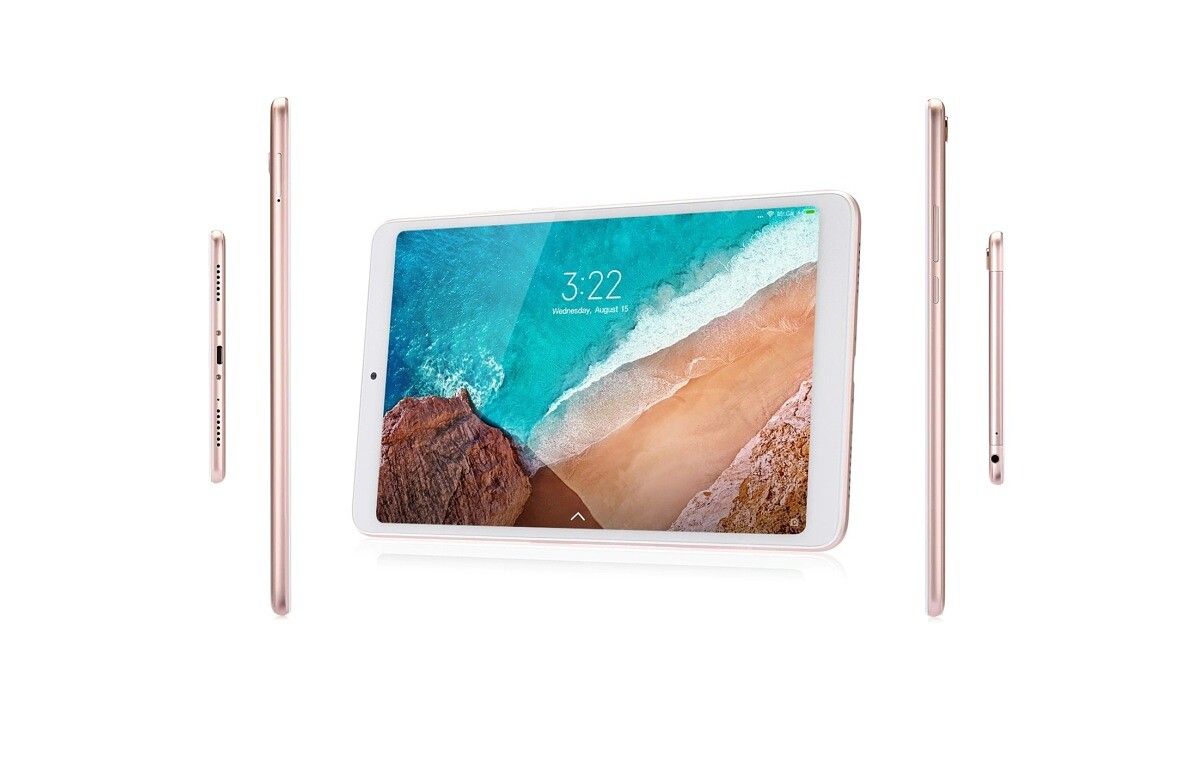Xiaomi offers a range of consumer electronics at different price points, but one market they've been largely absent from is tablets. The tablet market is dominated by Apple, and no Android phone maker apart from Samsung even really tries to compete with Apple, especially at the premium level. Based on the evidence we've dug up and sourced from reliable tipsters, we believe that Xiaomi is working on at least three new high-end Android tablets.
We found multiple references to a trio of devices code-named "nabu", "enuma", and "elish" when we examined the decompiled code of multiple MIUI 12.5 system apps. We saw that all three of these code names are referenced in methods such as "isPad", suggesting that certain MIUI apps will show select features on tablets. Furthermore, a recent alpha version of the MIUI Home app contains a new settings page for demoing system navigation on tablets, as shown below.
Hidden system navigation page for tablets in MIUI Home alpha version 4.22.0.3089. Credits: XDA Member (and frequent Xiaomi tipster) kacskrz
It seems that "enuma" and "elish" will be variants of one another, with the former having a model name that ends in K81 and the latter having a model name that ends in K81A. Meanwhile, "nabu" will be a distinct product with a model name that ends in K82. "Enuma" appears to support voice calls while "elish" and "nabu" do not, suggesting that only "enuma" will support mobile connectivity (4G LTE/5G).
A reference to all three code-names can be found in the MIUI Settings app in a method called "isSplitTablet". The method's name is interesting as we don't know what "SplitTablet" means here. Given the partial hardware specifications we've seen, though, we don't have much reason to believe these three code names refer to in-development foldables. In fact, analysis of source files by Telegram group XiaomiUI and Xiaomi tipster kacskrz reveals that all three devices could have standard 16:10 aspect ratio displays.
According to the tipsters, the display resolution of these three products appears to be 2560x1600. Each of these devices is expected to have an IPS LCD panel that refreshes at up to 120Hz. "Nabu" in particular may have a 10.97-inch panel, with overall dimensions of 236mm x 148mm. It may also have an 8720mAh battery under the hood, according to tipster kacskrz.
In contrast to Xiaomi's three-year-old Mi Pad 4 which ran on a mid-range Snapdragon chipset, all three of Xiaomi's upcoming tablets will seemingly be powered by Qualcomm Snapdragon 8-series chipsets, which are rarely found on Android tablets these days. Two of these tablets ("enuma" and "elish") will seemingly be powered by Qualcomm's sm8250 platform, which means they'll sport one of Qualcomm's Snapdragon 865, 865+, or 870. The third tablet ("nabu") will be built on Qualcomm's sm8150 platform, which can mean it'll have one of Qualcomm's Snapdragon 855, 855+, or 860. Qualcomm's latest and greatest Snapdragon 888 likely won't be powering any of Xiaomi's upcoming tablets, but it's rare to see a tablet ship with a flagship-tier Snapdragon chipset anyway. The only tablet released internationally with the Snapdragon 855 is Samsung's Galaxy Tab S6, and likewise, the only tablets released internationally with the Snapdragon 865 are Samsung's Galaxy Tab S7 series.
We don't have any more information to share regarding these three devices, but we're now confident that they'll be tablets based on the evidence we've presented thus far. The Android tablet market is in dire need of quality products, and few tech brands offer as much bang for the buck as Xiaomi. Depending on the price and market availability, Xiaomi's tablets could be decent alternatives to the base Galaxy Tab S7 and iPad Pro. The fact that these tablets will sport flagship-tier hardware is promising, but we'll have to wait and see how well Xiaomi can optimize MIUI for tablets.
Thanks to PNF Software for providing us a license to use JEB Decompiler, a professional-grade reverse engineering tool for Android applications.
Featured image: the Xiaomi Mi Pad 4

